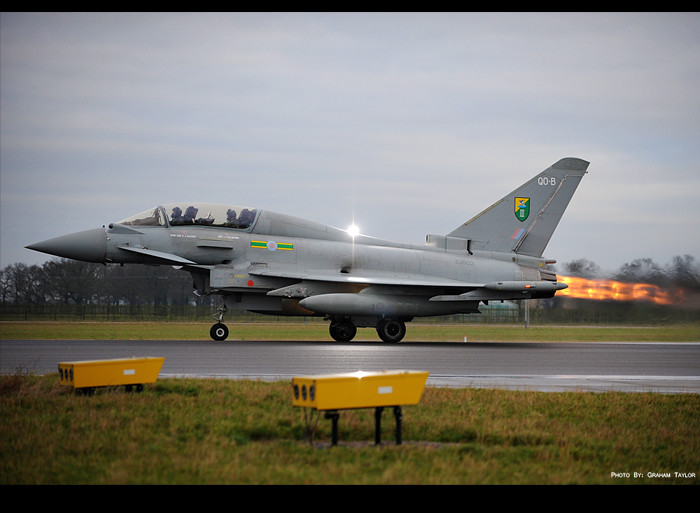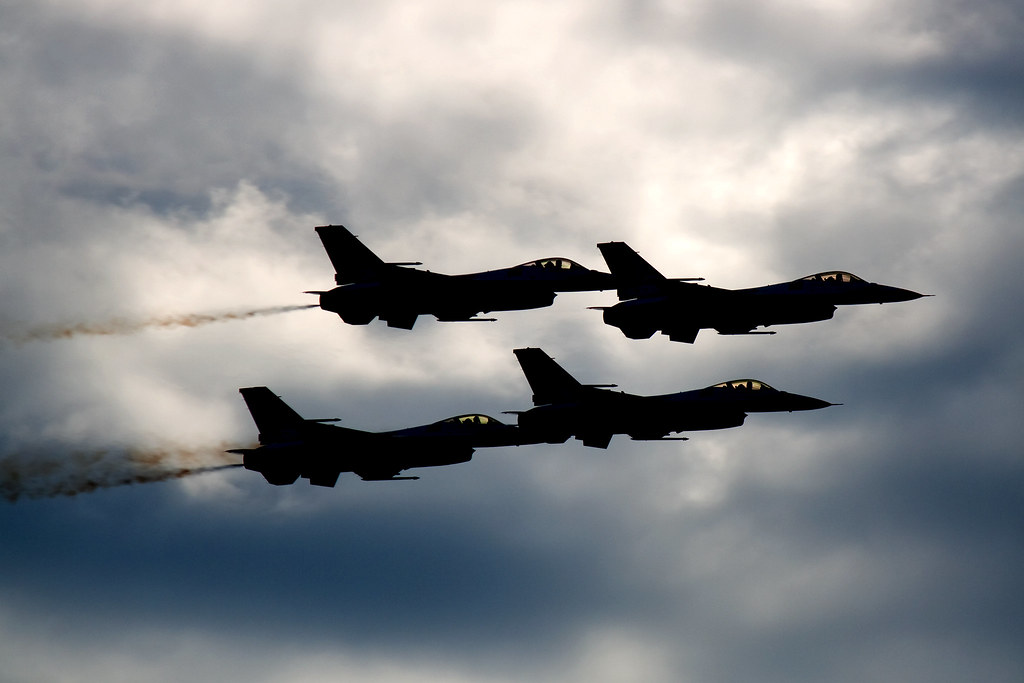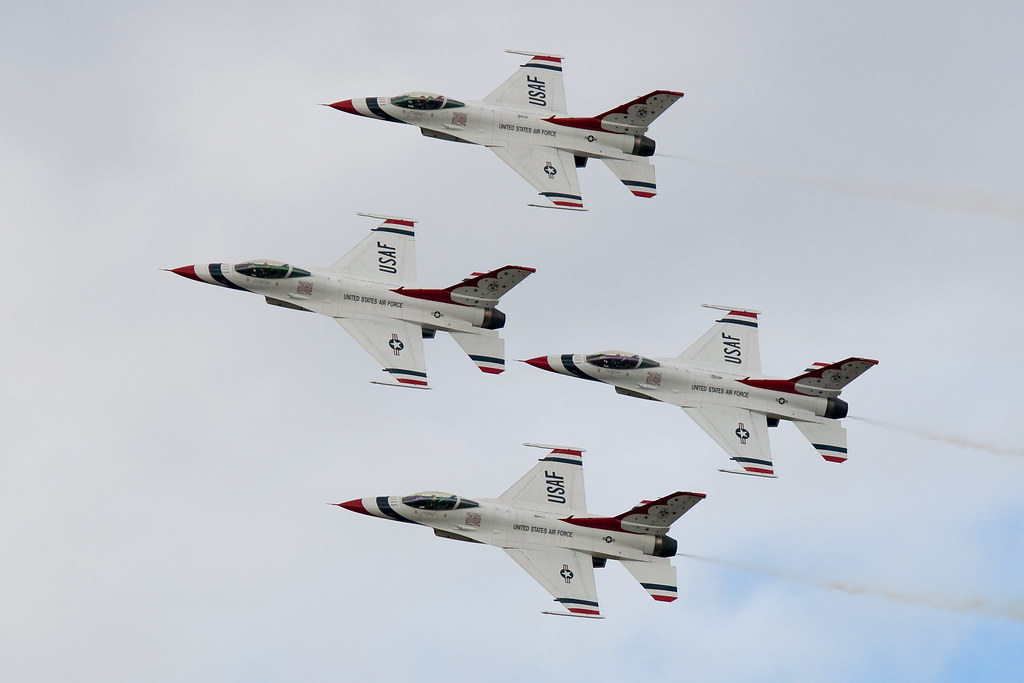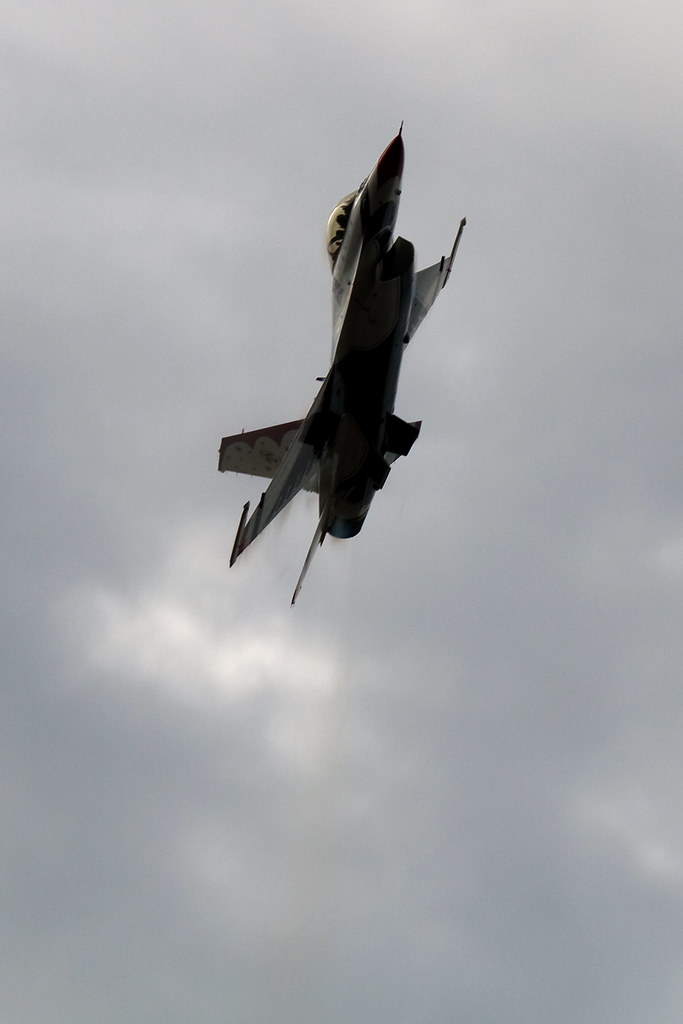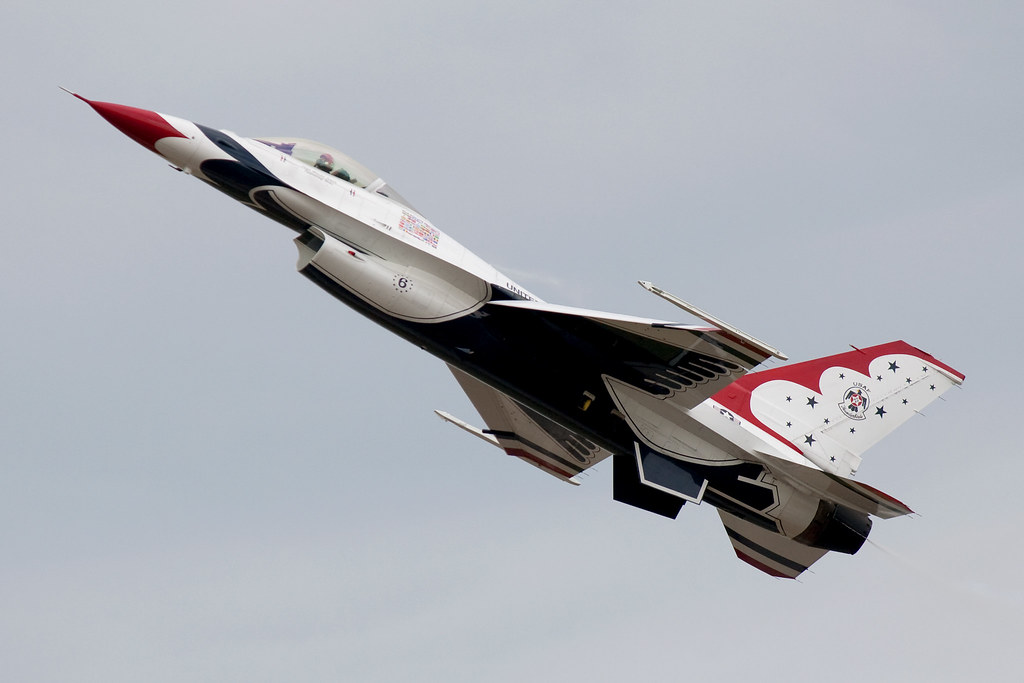Mercedes5CLR
Active Member
That particular CF-18 accident is, as of this day, still under investigation. I was just reading the most up-to-date report on the accident a few days ago and they've yet to find a cause. After the accident, the DFS investigators inspected the engines and found nothing physically wrong with them, and there were no additional signs of anything going wrong from the memory units and other data recorders onboard. As of this time, the engines are being disassembled at the QETE (basically, the technical arm of the RCAF's Directorate of Flight Safety) for detailed inspection and analysis.
I would think that when a compressor stall occurs the computer should measure an increase in turbine speed (overspeed indication) due to the lack of smooth air coming threw the intake. Also due to the low horizontal speed and the high angle of attack a compressor stall is very likely. Plus, if a compressor stall occurred the engines should look normal even after the crash apart from the crash damage its self.
The fact that there is nothing physically wrong with the engines would lend credence to a compressor stall, but a compressor stall should still produce symptoms that the data recorders would have picked up.
Last edited:

